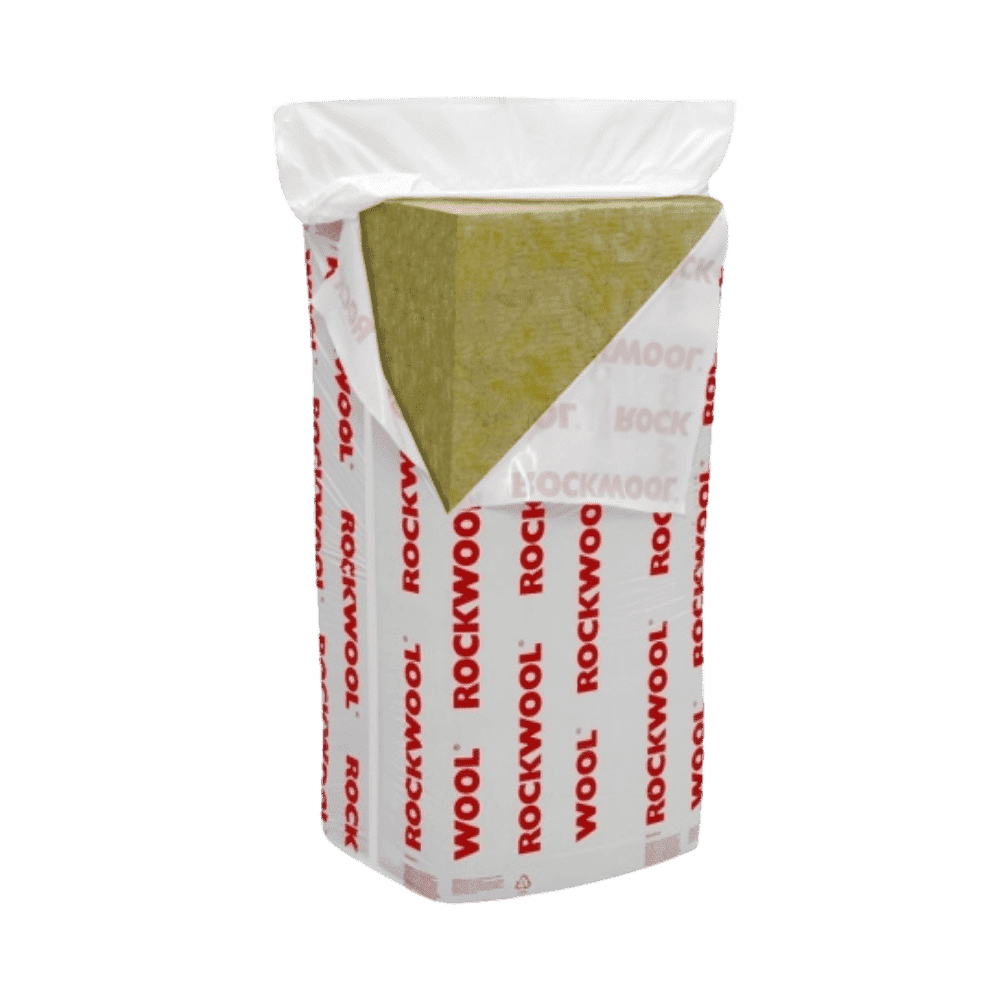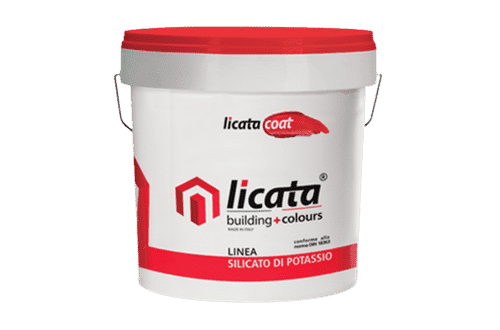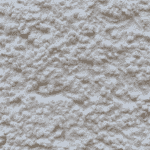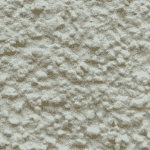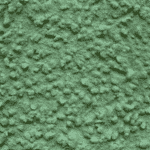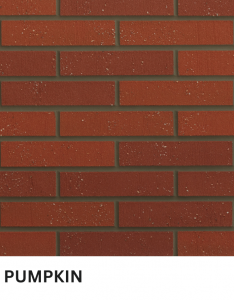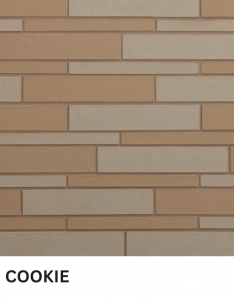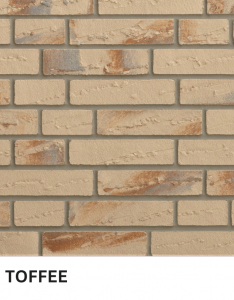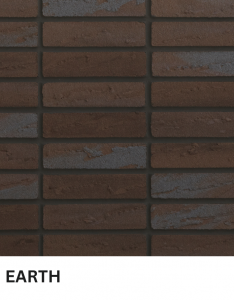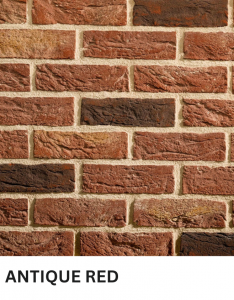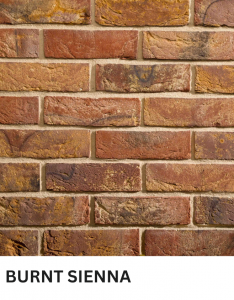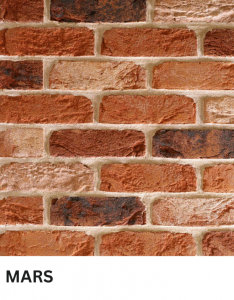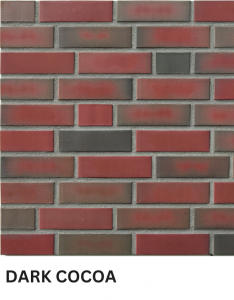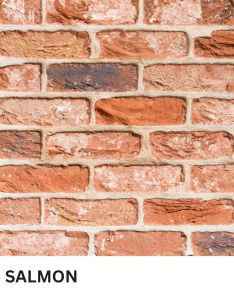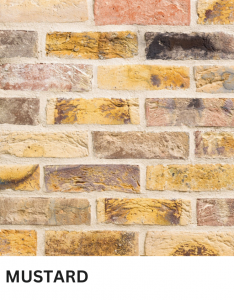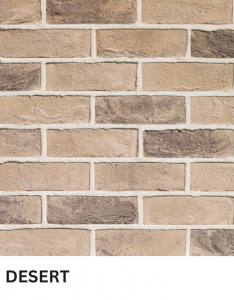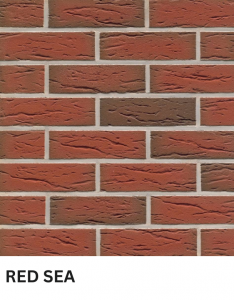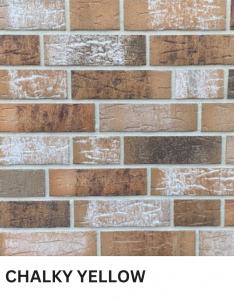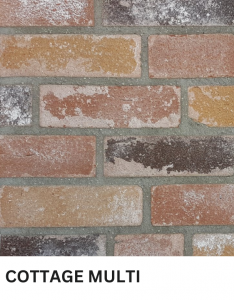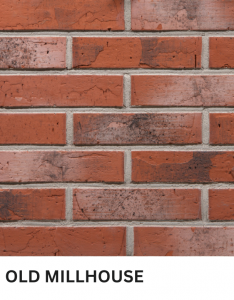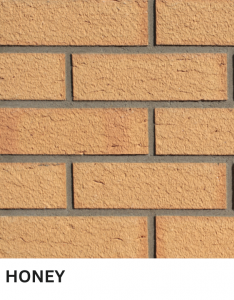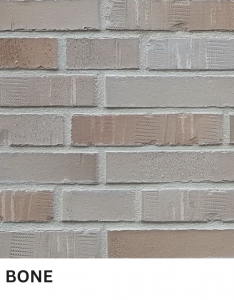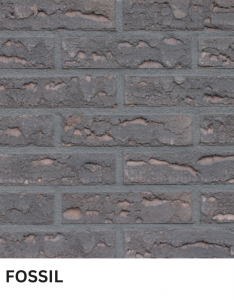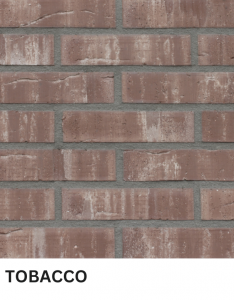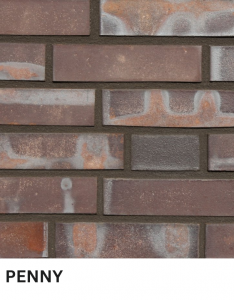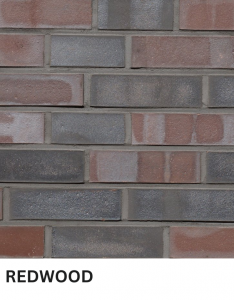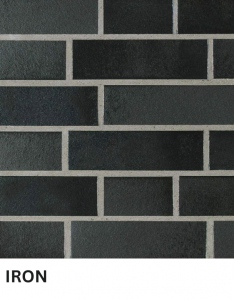Benefits of a Lime Render
A Licata lime-based render offers a variety of benefits, which is what makes it such a popular choice whether you are renovating a home or commercial structure or putting the finishing touches on a new build. Here are just a few of those benefits:
A lime render is vapour permeable
A lime render exhibits a high degree of permeability allowing air to pass through in ways that are simply not possible with polymer-based renders, cement renders and other denser materials. This breathability is key in enabling the building to breathe so moisture does not collect and degrade the substructure.
A lime coat render is an ideal choice if preventing moisture buildup is a top priority, which is almost always the case in the damp environment of the UK. By allowing moisture a way out a lime based render protects a structure not only from the insidious forces of moisture-related decay but also prevents the development of potentially harmful moulds and bacteria, which can cause various types of respiratory distress and aggravate conditions such as asthma and bronchitis.
Lime renders are flexible
Lime plaster exhibits a much higher degree of flexibility than cement or gypsum. This allows it to absorb small movements that would cause more brittle render systems to crack. Most residential and commercial structures in the UK move in ways that are imperceptible to the naked eye but which greatly influence the integrity of render systems. The flexibility of lime plasters is particularly desirable in older buildings where the exterior walls have settled over time and other render systems are simply not appropriate.
Lime renders are environmentally friendly
Lime is a natural material with no harmful additives which requires much less effort to produce than cement. Given that the cement industry is one of the biggest contributors to global CO2 levels, and that lime actually absorbs CO2 from the atmosphere, the environmental advantages of lime could not be clearer.
If need be lime can also be produced on a small scale, thereby minimising any impact on the local area. And finally, lime will not leach harmful chemicals into the environment. Given all those clear environmental benefits it is no wonder that so many architects, contractors and homeowners turn to lime based renders over cement.
Lime plaster is easily repairable
Lime plaster is much easier to repair than cement. It has a naturally softer composition than cement meaning it is far less likely to chip, flake or crack. And in the unlikely event one of those negative outcomes should occur a lime render can be repaired with a simple slaking process.
Key Takeaways
- A lime render is a traditional plaster or coating that serves as an effective option for protecting exterior walls from the elements. It is particularly useful on old buildings that tend to be more susceptible to settling and the negative effects of moisture penetration.
- A lime render is breathable in a way other renders like cement are not. This breathability enables moisture to escape, preventing negative outcomes and ensuring a structure does not become fertile breeding ground for potentially harmful moulds and bacteria that can cause respiratory distress.
- A lime render will resist cracking even in older buildings that tend to settle unevenly. This characteristic contributes to its long-term durability and cost-effectiveness. Lime renders can be particularly useful in preserving the historical authenticity of older structures.
- Lime renders are environmentally friendly in ways cement simply cannot be. Whereas the cement industry is known for being a huge contributor to greenhouse gases, lime actually absorbs CO2 from the atmosphere making it, in some ways, the anti-cement and a favourite of environmentally aware developers and contractors.
- A lime render will enhance both the look and thermal efficiency of a property, resulting in lower energy consumption and a reduced carbon footprint.




